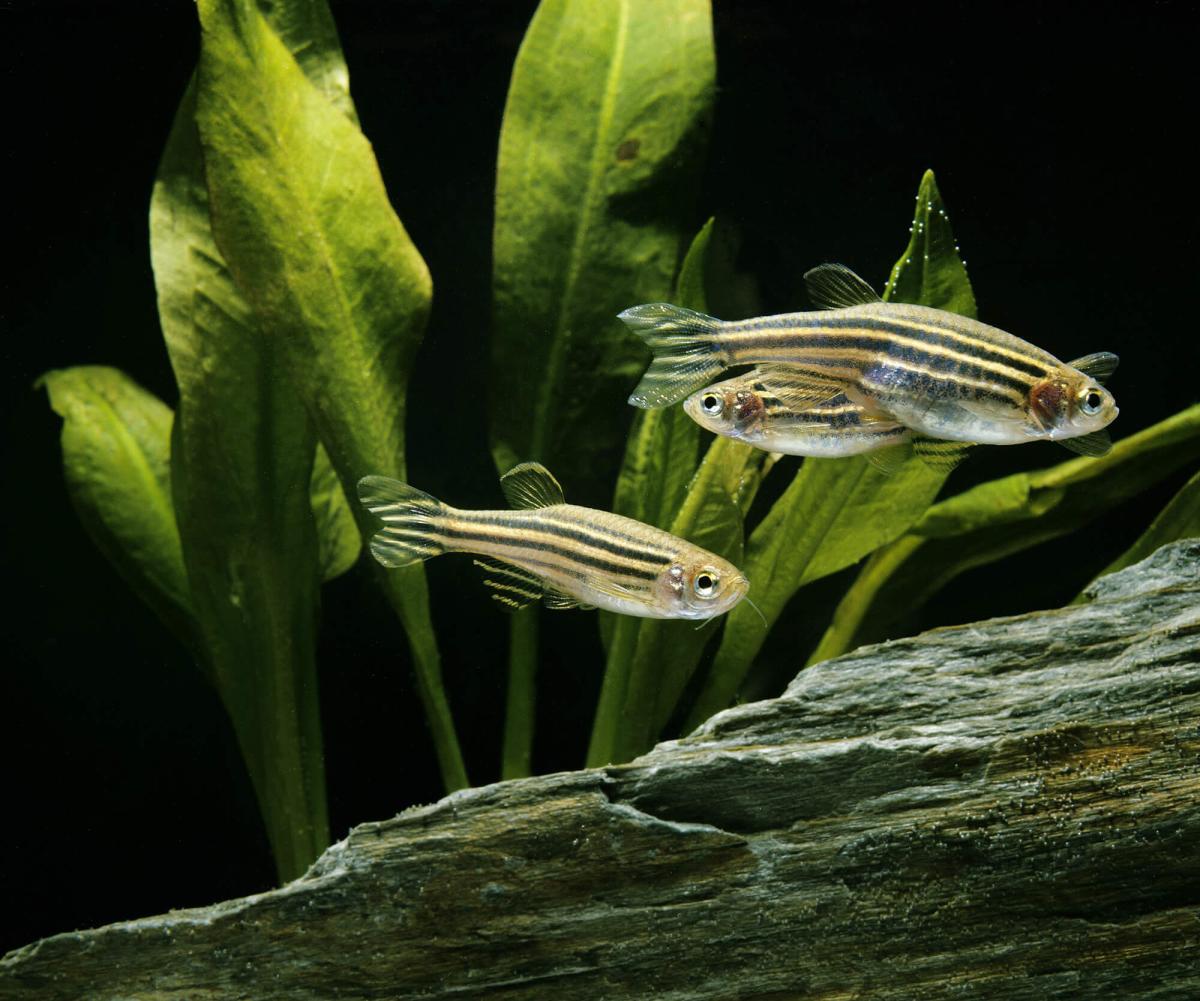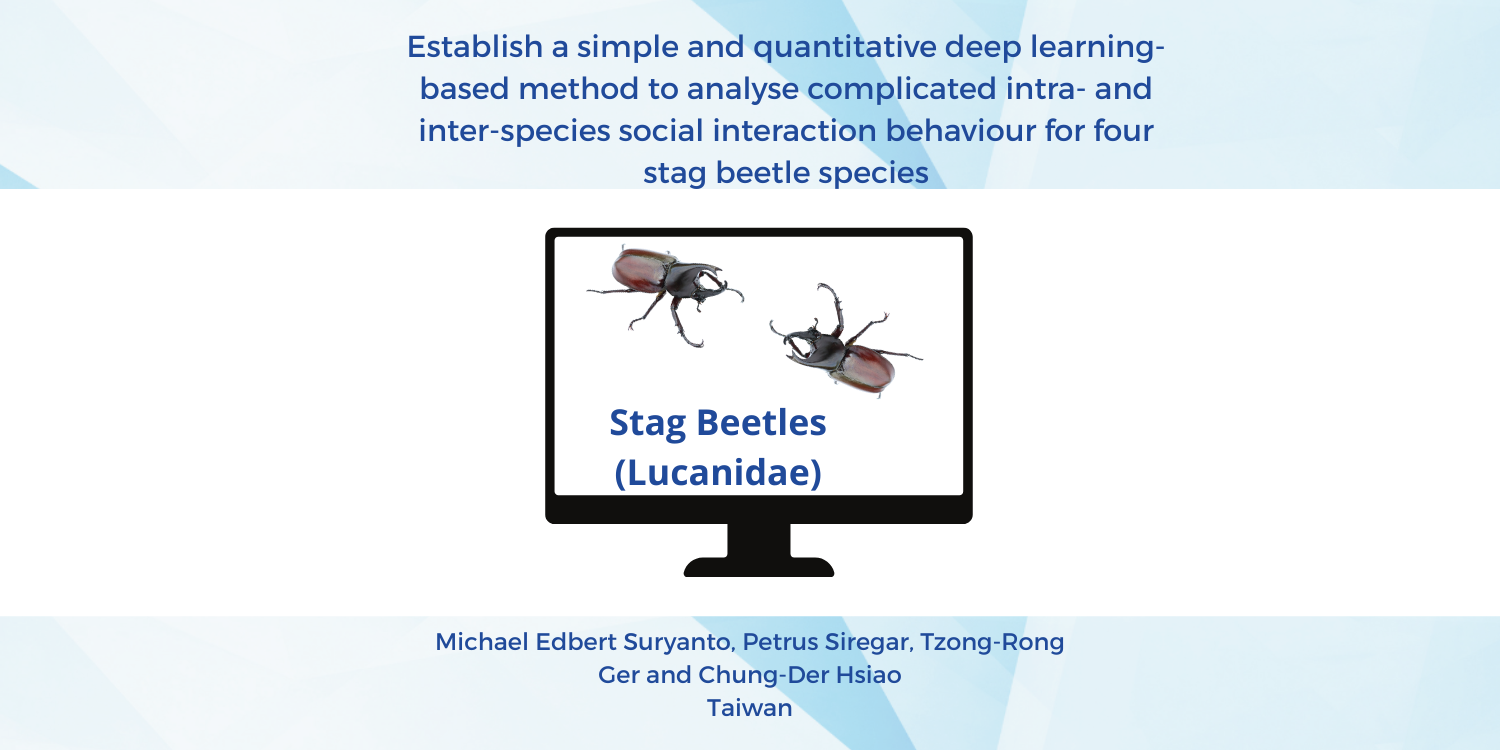Zebrafish lend themselves well for toxicology, teratology, and drug discovery research. These more often than not rely on high-throughput
screening to efficiently screen large numbers of compounds time effectively. Zebrafish behavioral studies can be used to investigate a large spectrum of brain functions, in a large number of subjects.
Zebrafish screening
-
in Toxicology
- High Throughput Screening: Zebrafish can be housed in large numbers in relatively small spaces, making it feasible to conduct high-throughput screening of potential toxicants.
- Transparency: Zebrafish embryos and larvae are transparent, allowing for easy visualization of developmental defects and other phenotypic changes caused by exposure to toxicants.
- Conservation of Pathways: Zebrafish share a high degree of genetic and physiological similarity with humans, making them a good model for studying the effects of toxicants on conserved pathways.
- Rapid Development: Zebrafish develop rapidly, with visible structures forming within days, enabling quick assessment of developmental toxicity.
- Cost-Effective: They are relatively inexpensive to maintain compared to larger vertebrate models like mice.
-
in Drug Discovery
- Rapid Screening: The short life cycle and external development of zebrafish allow for rapid screening of potential drug candidates.
- Genetic Manipulation: Advanced genetic tools, including transgenesis and CRISPR/Cas9, enable the creation of zebrafish models for various human diseases, facilitating the study of disease mechanisms and drug efficacy.
- Whole-Organism Screening: Zebrafish can be used to screen drugs in a whole-organism context, providing insights into systemic effects and drug interactions that might not be apparent in cell-based assays.
- Behavioral Assays: Zebrafish exhibit complex behaviors that can be used to assess the effects of drugs on neurological and behavioral functions.
- Disease Modeling: Zebrafish can be genetically engineered to model human diseases, allowing for the testing of drugs in relevant biological contexts.
Common Applications
- Developmental Toxicity: Assessing the impact of chemicals on embryonic development.
- Cardiotoxicity: Evaluating the effects of drugs on heart development and function.
- Neurotoxicity: Studying the impact on the developing nervous system.
- Genotoxicity: Assessing the potential for genetic mutations.
Zebrafish are a powerful tool in both toxicology and drug discovery, offering a balance of cost-effectiveness, genetic tractability, and physiological relevance. Their use continues to expand as new techniques and applications are developed.
One example of such study involves the use of zebrafish as a model to study neurodegenerative diseases. Here researchers studied seven different zebrafish strains that model Dravet Syndrome and the behavioral experiments were done using the ZebraLab system to assess locomotor activity.
Large numbers of zebrafish larvae can also be used to better understand how patterns of behavior can identify psychiatric disease. One example includes a study investigating hyperactivity in response to ascorbic acid, using video tracking with ZebraLab to measure the behavioral output.
Understanding the genetic basis of a disease also benefits from high-throughput screening. Studies using zebrafish range widely in topic, but one example has used ZebraLab to help further the understanding of the genetic basis of epilepsy.
Zebrafish are still a rather new model organism, and not everything is known yet about their behavioral repertoire.
Several studies have actively investigated zebrafish behavior, also in a high-throughput context, to help shape how this can be used in drug discovery. One behavioral feature – thigmotaxis – is of interest in studying anxiety like behavior. Thigmotaxis is argued to be a useful measure in drug discovery for psychiatric disorders as it is a behavioral feature easily modified with psychoactive drugs. ZebraLab has been used to validate the use of thigmotaxis as a behavioral measure in larval zebrafish.





